Past blast: Ford Anglia 105E
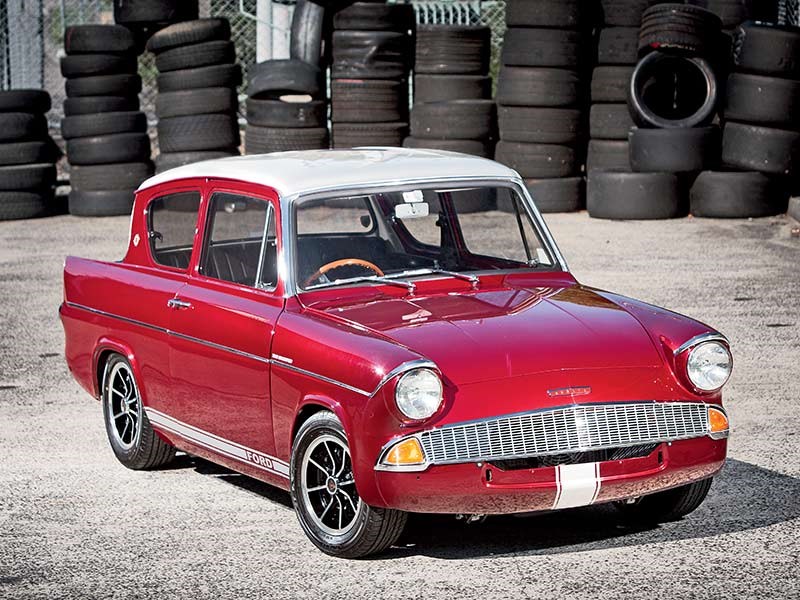 Ford Anglia 105E
Ford Anglia 105E

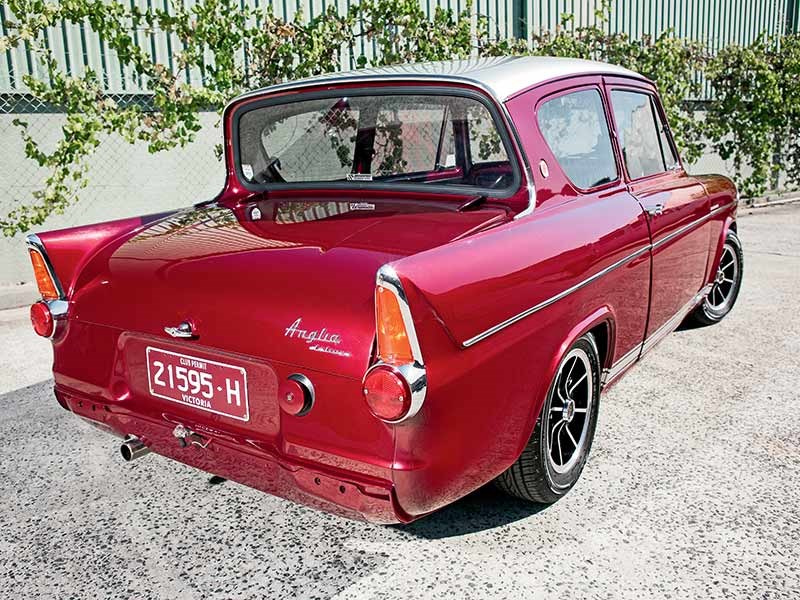 Ford Anglia 105E
Ford Anglia 105E

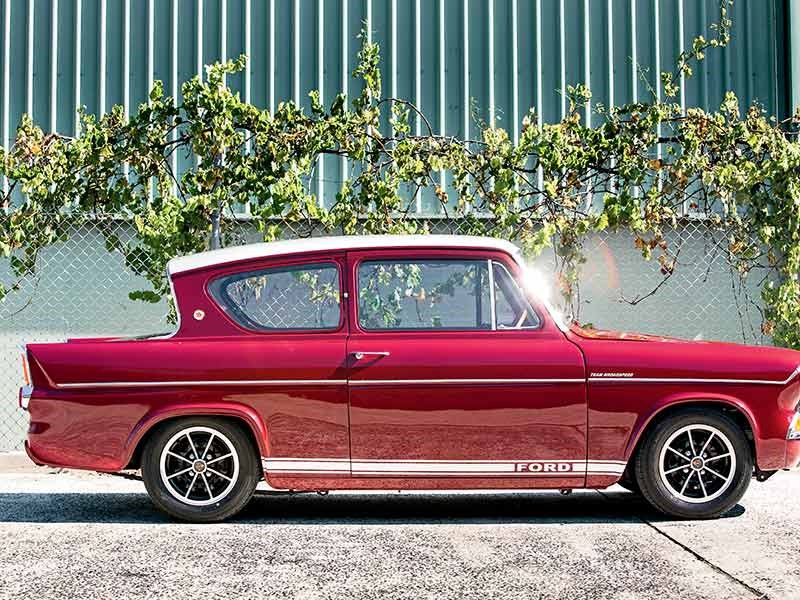 Ford Anglia 105E
Ford Anglia 105E

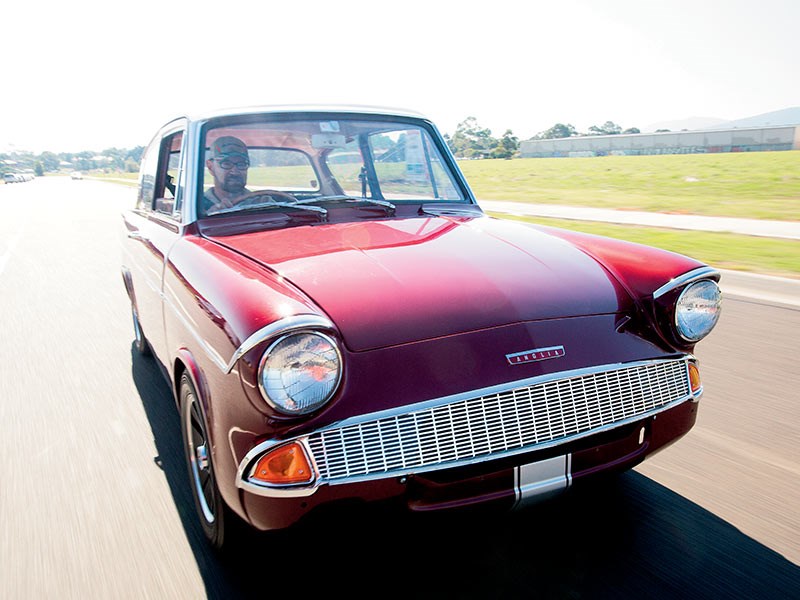 Ford Anglia 105E
Ford Anglia 105E

 Ford Anglia 105E
Ford Anglia 105E

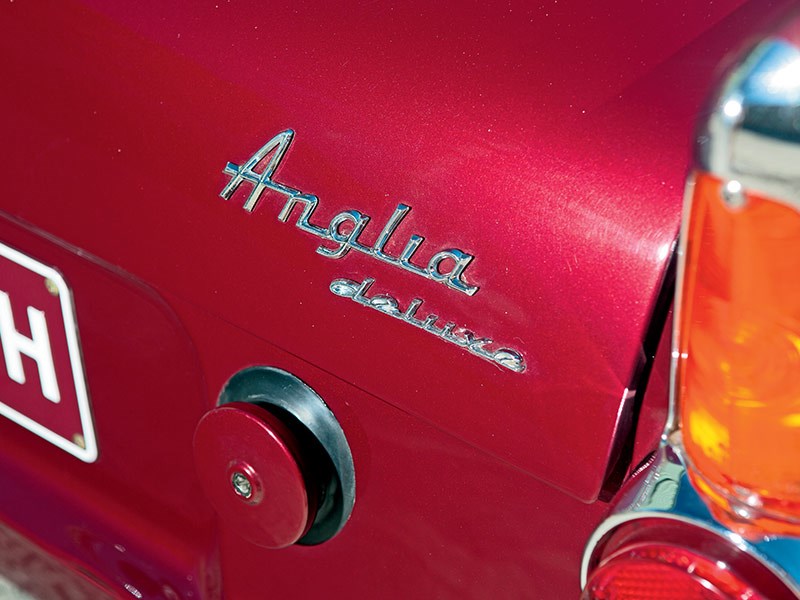 Ford Anglia 105E
Ford Anglia 105E

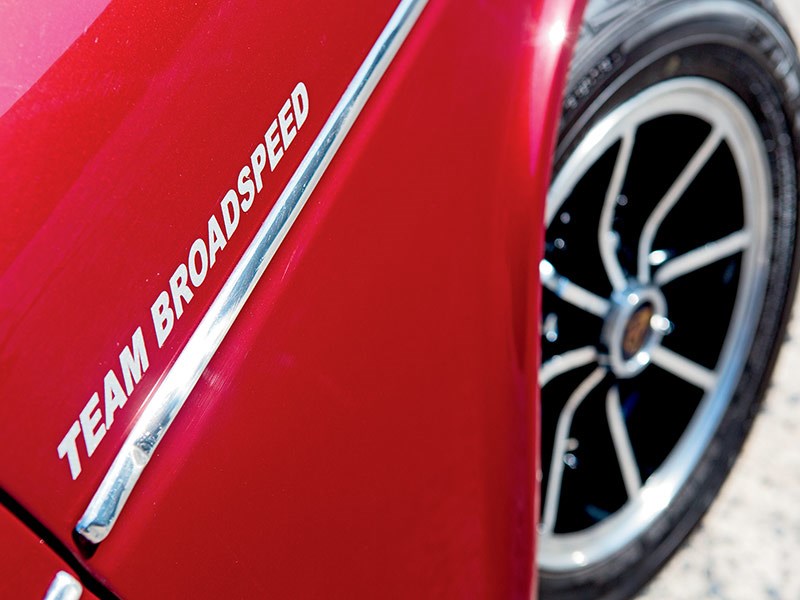 Ford Anglia 105E
Ford Anglia 105E

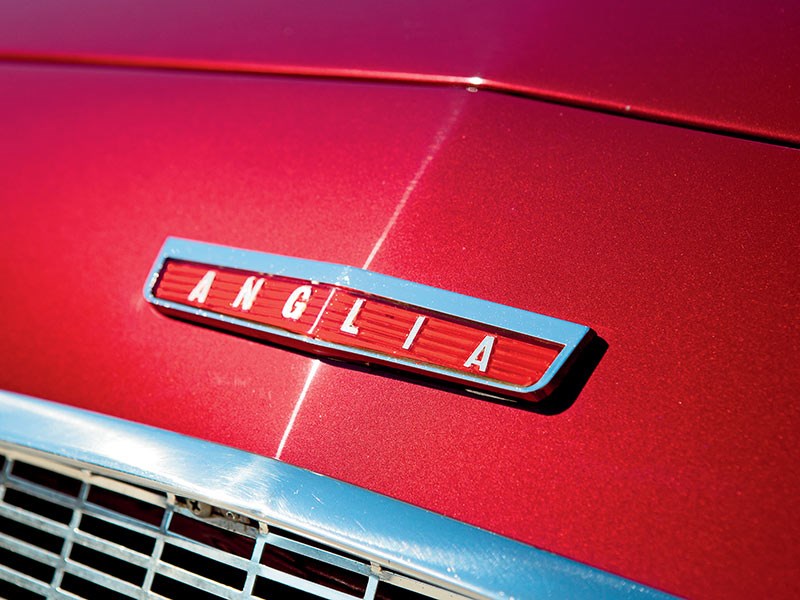 Ford Anglia 105E
Ford Anglia 105E

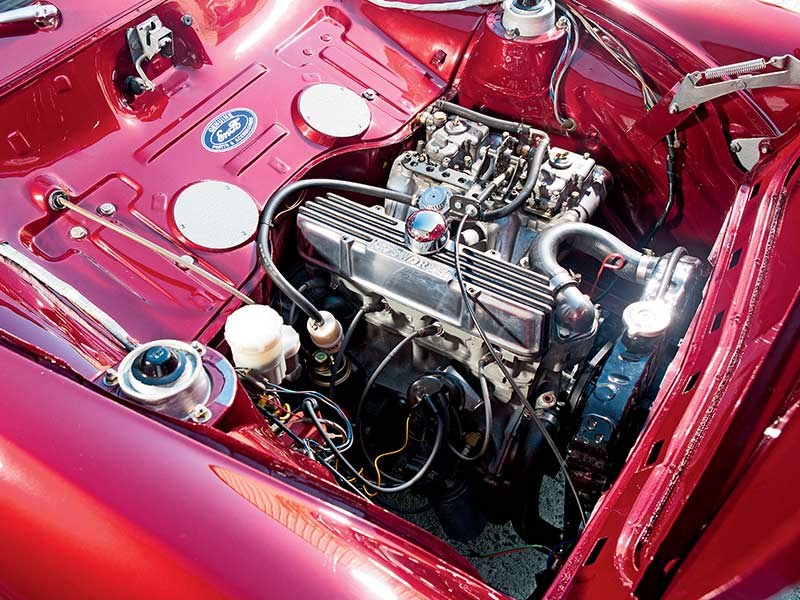 Ford Anglia 105E
Ford Anglia 105E

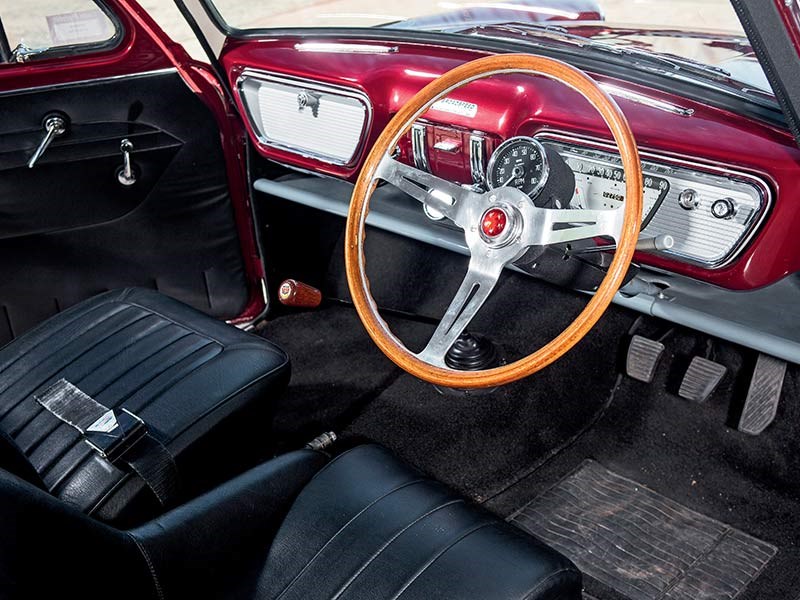 Ford Anglia 105E
Ford Anglia 105E

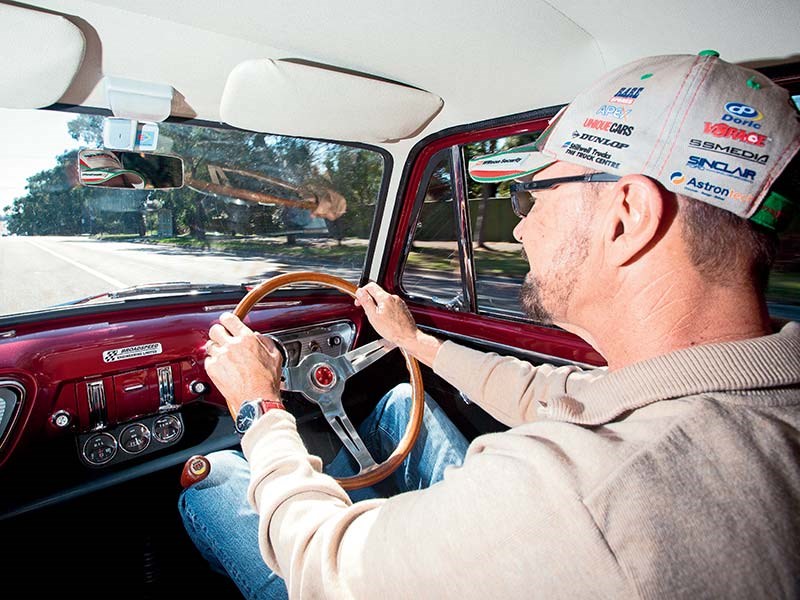 Ford Anglia 105E
Ford Anglia 105E

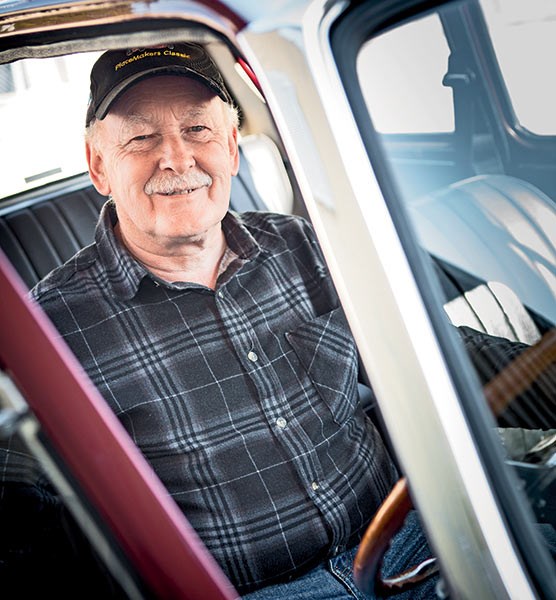 Ford Anglia 105E
Ford Anglia 105E


|
|
Ford Anglia 105E
|

|
|
Ford Anglia 105E
|

|
|
Ford Anglia 105E
|

|
|
Ford Anglia 105E
|

|
|
Ford Anglia 105E
|

|
|
Ford Anglia 105E
|

|
|
Ford Anglia 105E
|

|
|
Ford Anglia 105E
|

|
|
Ford Anglia 105E
|

|
|
Ford Anglia 105E
|

|
|
Ford Anglia 105E
|

|
|
Ford Anglia 105E
|
John Bowe comes over all meloncholy driving a Broadspeed Ford Anglia...

|
|
Past blast: Ford Anglia 105E
|
Ford Anglia 105E
THE NEED FOR BROADSPEED
We’ve driven plenty of exotic cars in Past Blast so it’s nice to drive something modest every now and then. And few cars are more modest than the Ford Anglia. The Anglia is one of Ford of Europe’s 1960s showroom offerings; it was also seen in both New Zealand and Australia.
This one is a tribute to the English Broadspeed-modified Anglias of the 1960s. Ralph Broad – who passed away in 2010 – started modifying Minis in the early 1960s. His Broadspeed tuning operation was successful on-track against factory-backed Minis. Broadspeed became one of the ‘go-to’ shops if you wanted a quick brick.
Broadspeed was very much part of the club racing scene in the 1960s. In 1966 Broadspeed shifted allegiance to Ford, much to the dismay of BMC who had been providing Broadspeed with factory backing.
So, you’d go to a Ford dealer, buy an Anglia and then take it to Broadspeed where they’d do a number on it. Peter Brock did similar in the early days of his HDT operations in the early 1980s.
Now I’m not sure if any of these original Broadspeed Anglias still exist, or if there were any getting around Australia back then, but the fellow who owns this one, Warren Bruce, has done a sensational job with it. It’s one of the best jobs I’ve seen. It’s showroom perfect.
He has sourced all the right bits and gone to extraordinary effort to make this car what it is and also make it as close to legit as possible. Okay, so the Anglia may not typically be the prettiest car, but this one is quite beautiful.
And here’s something even more impressive: Warren did it all himself. He even painted it. What a terrific effort!
The engine is a pre-cross flow 1500cc. Although that doesn’t sound scary, standard Anglia’s came out with a 997cc engine with a three-bearing crank.
This one has a Cortina GT engine with a five-bearing crank – a pretty handy swap! Helping with the engine build was a bloke by the name of Graham Ritter who is a bit of an engine guru on 1960s stuff. He’s worked on virtually everything from Hillmans to Holdens.
The car has a gorgeous stance. When I was a kid I used to think reverse-window Anglias were the ugliest things on earth but now, with more appreciation, I love the look of it. Modern cars seem to be becoming devoid of character, but this one has character in spades. It has some serious road presence.
Ford was clever with its car designs during the 1960s, adopting strut-style front suspension and doing a good job with monocoque construction. The Anglia was light at around 750kg and as we all know, light weight means good performance from modest power. Reducing weight is just as good for performance – or better – than increasing power.
Inside, Warren has installed a Broadspeed-style wrap-around seat. Despite searching the planet, he couldn’t find an original so he replicated it for the drivers’ side. The other side is the original Anglia passenger seat. The steering wheel is a lovely big diameter, slightly dished Les Leston wood-rim. Les goes down in motorsport history as one of the first, if not the first, manufacturer of purpose-made fire-resistant racing suits sewn from a treated cotton known as Proban. All Formula One drivers wore them.
Anyhow, you tuck yourself in to this thing, pull on the seatbelt, tickle the throttle and hit the key. It idles beautifully. Webers are a very tunable carb so if you put the effort in, you get the results, as long as you know what you are doing.
Having some knowledge in classic tuned engines, I reckon this one would have more than 100 horsepower. In the light Ford Anglia bodykit it’s very lively and through the side-draft Webers it sounds fantastic. There are few nicer sounds for a performance car enthusiast than the ‘B-ld-ld-ld-ld-d!’ of wide-open Webers! This one could do with a slight fiddle to the pump jets but when you crack them open, this thing goes.
Floor shifts were rare in Aussie cars in the 1960s – a typical Holden or Falcon had bench seats and a column shift – but this one, like many Euros, has four on the floor. The ratios are standard so first and second are close but Warren has a close-ratio box ready to be installed. That will increase performance. The brakes are also from a Cortina; front discs and rear drums. They may be modest but the secret to good performance is weight: there isn’t much of it so you don’t need 350mm rotors and six-piston calipers to pull it up.
Driving it? It’s a whole lot of fun without going too fast. It’s light, it’s nimble and it’s engaging. It gets your attention. It’s sure-footed and it stops nicely. It’s a hot hatch from the era before hot hatches.
You know what? It’s a terrific example of why more people are getting into classic cars. It heightens your senses and amplifies the fun factor.
IT'S MINE: Owner - Warren Bruce
"I’ve been mucking around with small Fords for years!" says Warren Bruce, a Melbourne-based Kiwi who works for respected RV manufacturer Sunliner.
"I used to watch these things race back in the day. They were very big in New Zealand – in fact they still are. I’ve had a few other Fords, too: Cortinas and a Lotus Cortina and a Mustang."
This one was bought with the intention to build a 1960s Broadspeed tribute. "I found it in Nagambie [rural Victoria]," Warren says. "I wanted to build it as close as possible to how they were when they were racing."
Warren did much of the work himself. "I have had help," he says. "Les Small [suspension] and Graham Ritter [engine] have been sensational."
The rare English Dunlop wheels were stumbled upon by chance. "I was looking for some parts in a wreckers and I saw two of them next to a pile of alloys ready for scrapping.
"I thought ‘they’re Dunlop wheels – this is unbelievable!’ So I asked at the office if I could look for the other two. Sure enough, I found them right at the bottom of the pile. I was thrilled!"
SPECIFICATIONS
Ford Anglia 105E
Engine: Ford Cortina GT 1498cc bored 030. Clive Cams camshaft. Twin dual-throat Weber DCOE carburettors
Power: 100hp (estimated)
Torque: n/a
Weight: 750kg (estimated)
Transmission: Four-speed floor shift manual
Wheels: 13x6-inch Dunlop alloys with 185/60 tyres
Brakes: Cortina front discs and rear drums
0-100km/h: n/a
Top speed: 170km/h plus
Value: $35K
*****
More reviews:
> Aussie original: Ford TC/TD Cortina
>Video: Cortina GT 500 vs Mini Cooper S
>Cortina GT 500 vs Mini Cooper S
Search used:
Unique Cars magazine Value Guides
Sell your car for free right here
Get your monthly fix of news, reviews and stories on the greatest cars and minds in the automotive world.
Subscribe

.jpg)








.png)



